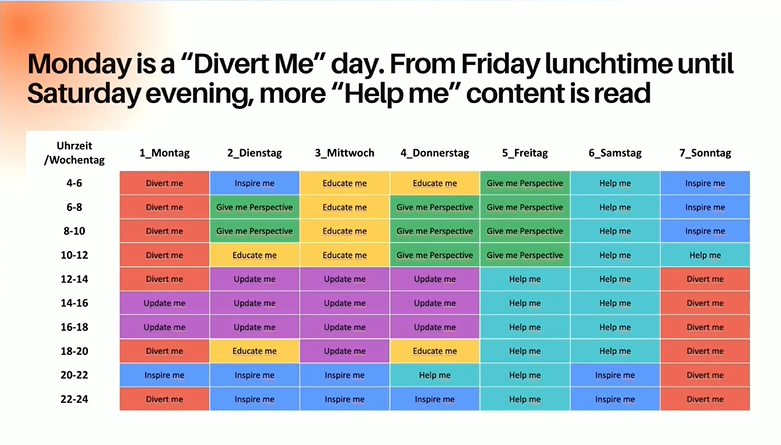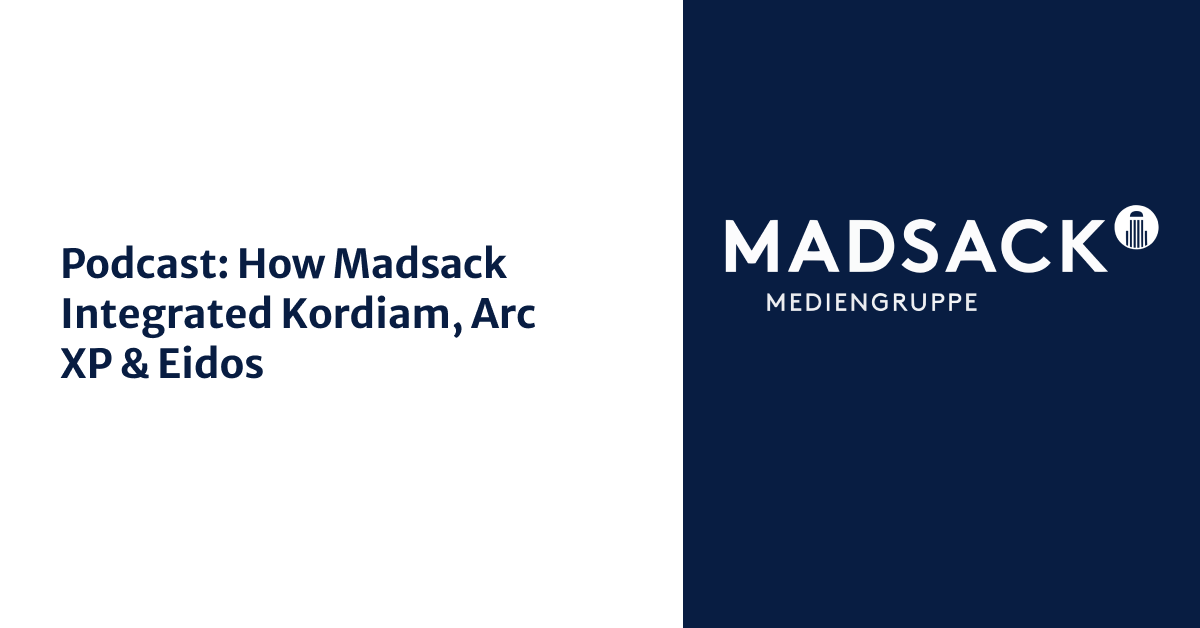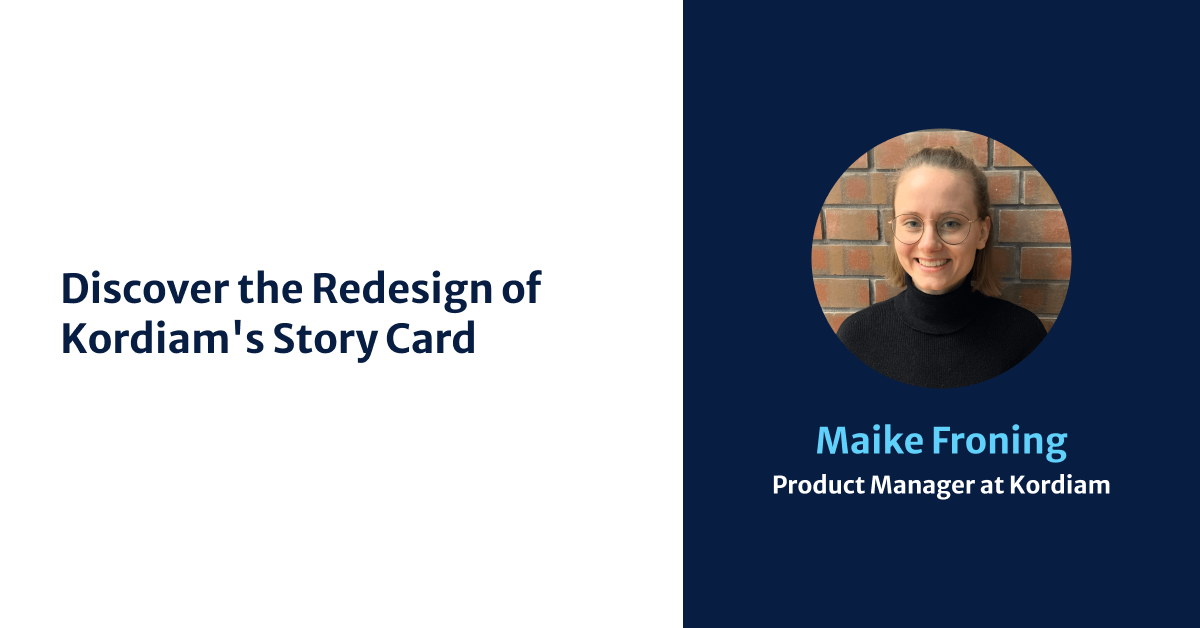TV Schedules for Content Planning? How to Plan to Address User Needs
Planning for User Needs Starts with Data
“What can digital newsrooms learn from TV programming?” Gregor Landwehr from Highberg says. “The answer lies in usage patterns.” At his presentation at Editorial Days, he presented data from 30 publishers across Germany, Austria and Switzerland. The data shows that user needs vary not just by hour but by day of the week. People want depth in the morning, quick updates at midday and inspiration in the evening. Mondays call for lighter stories while midweek users seek hard news. Friday afternoons bring a surge in weekend planning content.
Planning Is Not About Filling Space
Landwehr stressed that content planning today is not about filling newspaper pages or uploading one-size-fits-all updates. It is about matching content to audience needs at the right time. This does not require planning every hour, but it does mean thinking carefully about what users expect to see at key moments. Just like traditional broadcasters did.

Borrowing from TV Without the Broadcast Limits
He compared this approach to television’s long-standing schedule model. News at 8 p.m. is not a coincidence. It is a habit built over time. In digital, habit formation is harder but no less critical. It requires consistency and relevance, so users know when and where to find what they care about. Smart planning turns a stream of content into a reliable experience.
What Publishers Are Seeing So Far
The Drive initiative, a collaboration of 30 publishers focused on boosting digital revenue through data-informed planning, is already seeing participants experiment with content rhythms. Early outcomes include broader topic variety, more consistent coverage of user needs, and increased engagement. One participating newsroom, Badische Neueste Nachrichten, even fed the Drive scheduling data into an AI assistant to guide social media timing with encouraging results.
Planning Tools Make It Possible
Landwehr closed with a clear call to action. Use your planning tools to operationalize what you already know about user behavior. Make content available when it is most relevant. And build digital products that work like clockwork for the audience, not just the newsroom.

